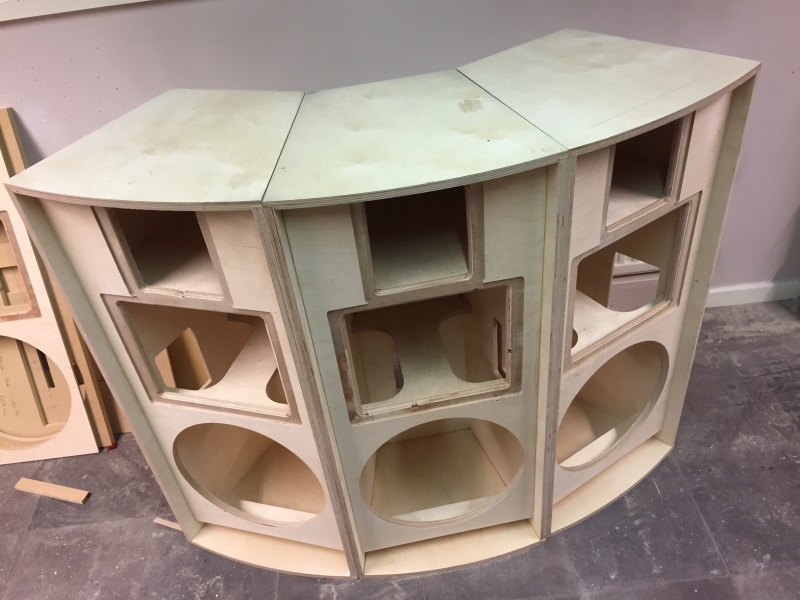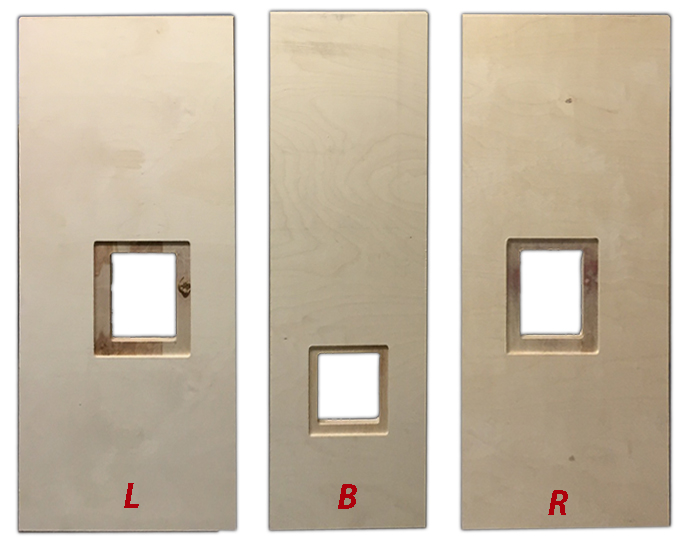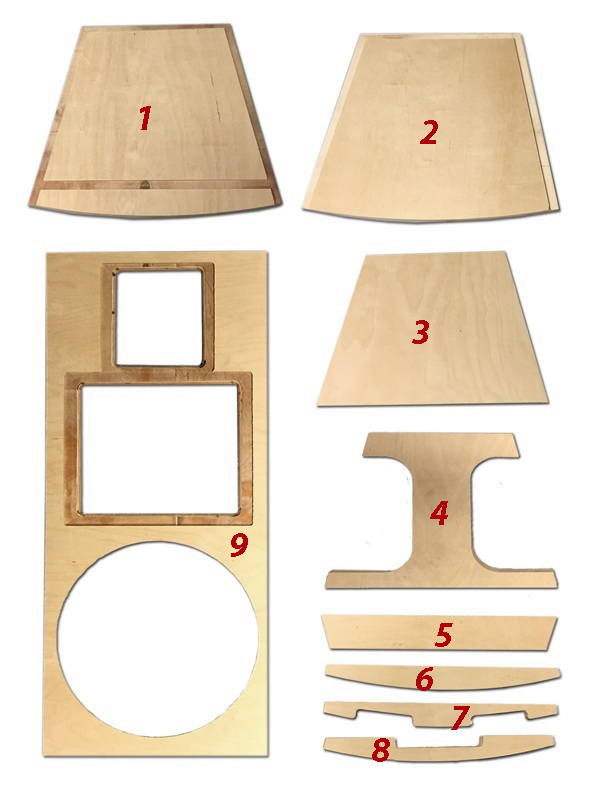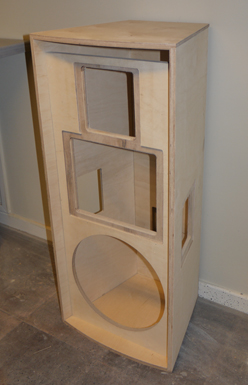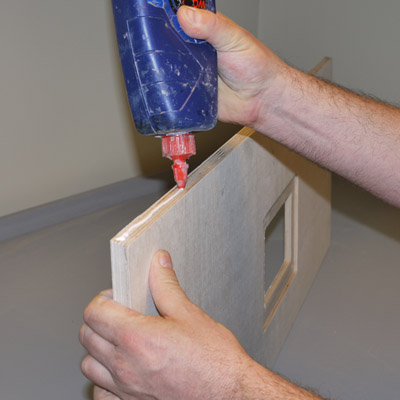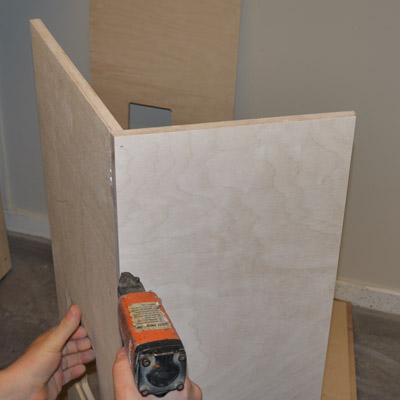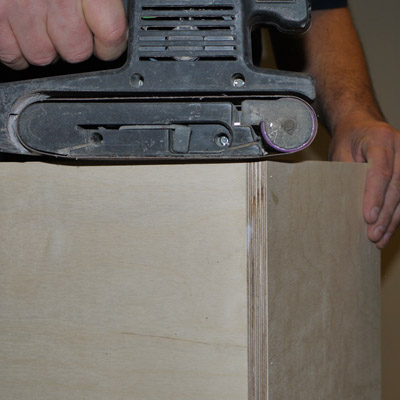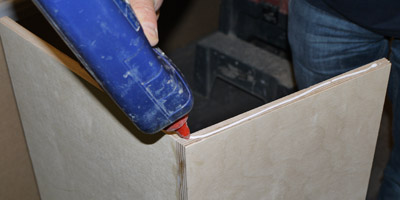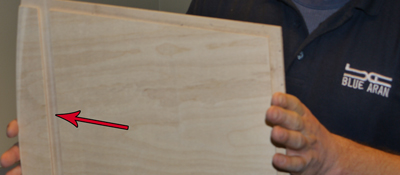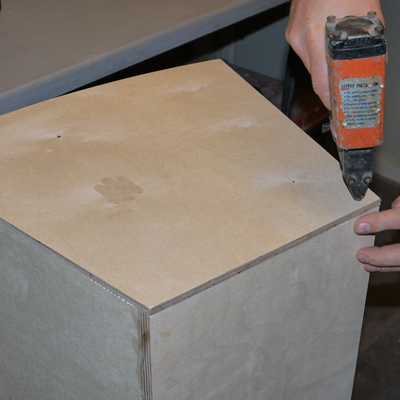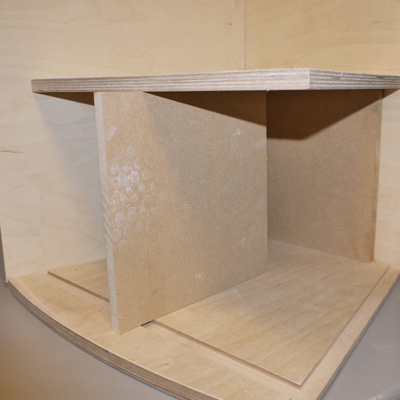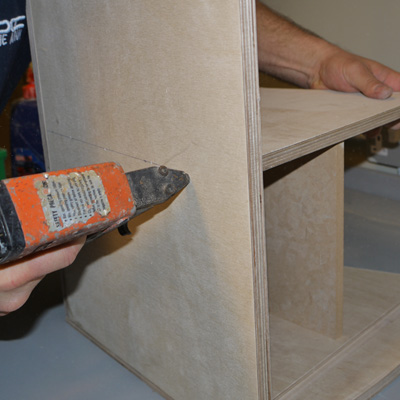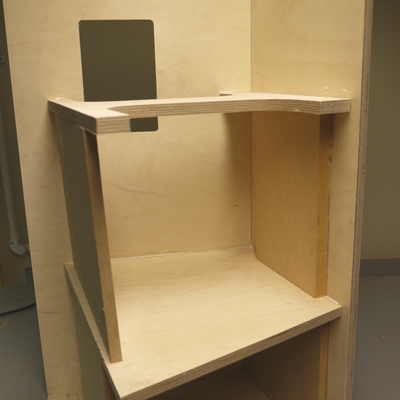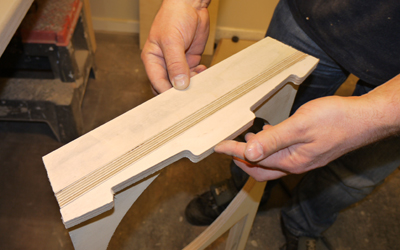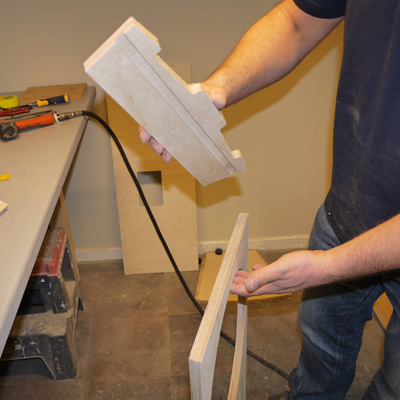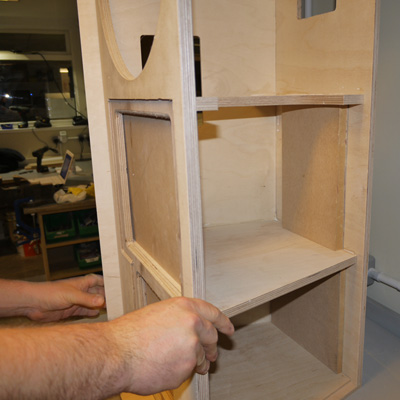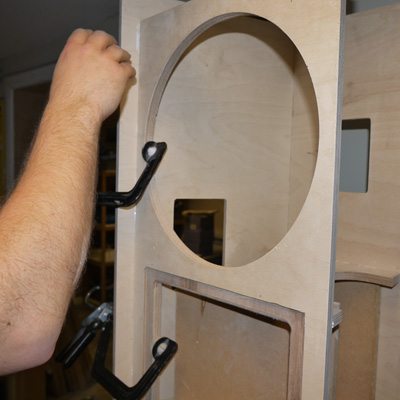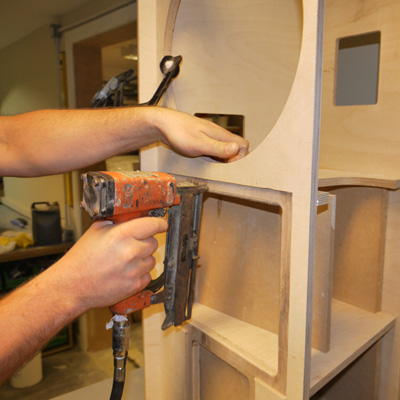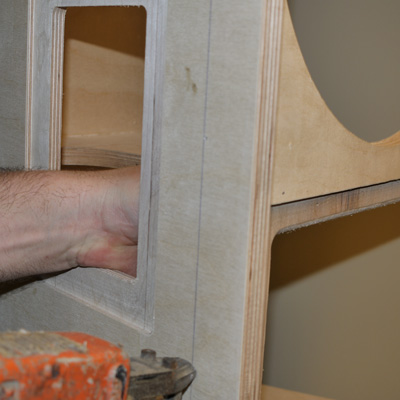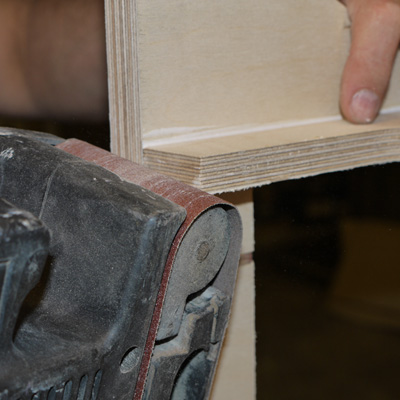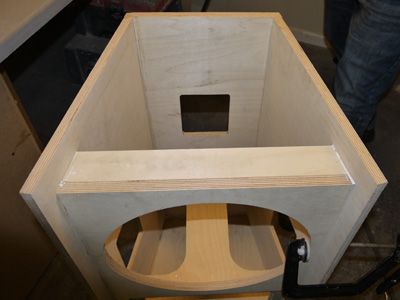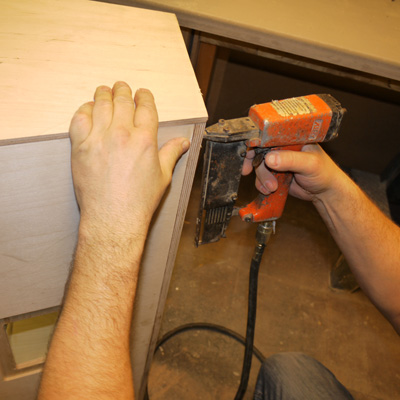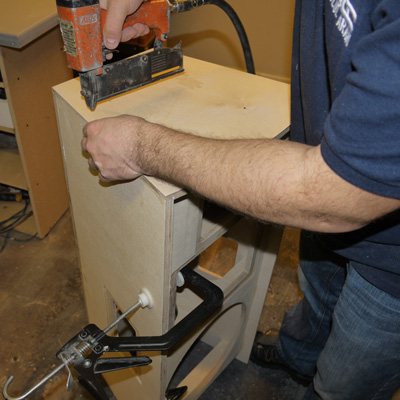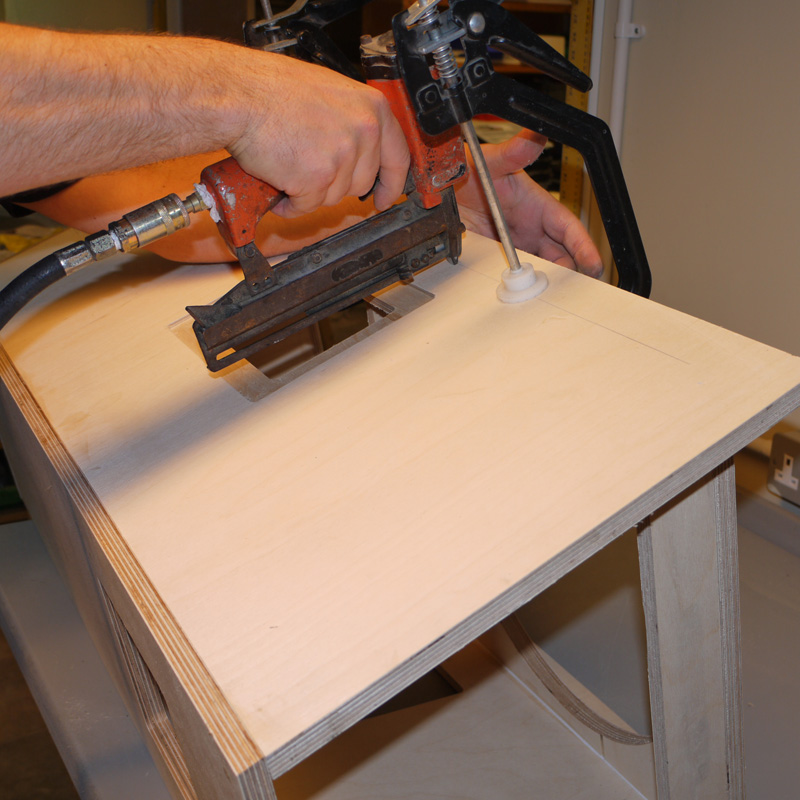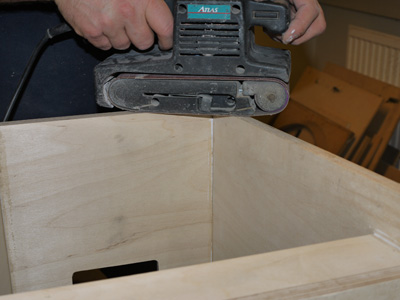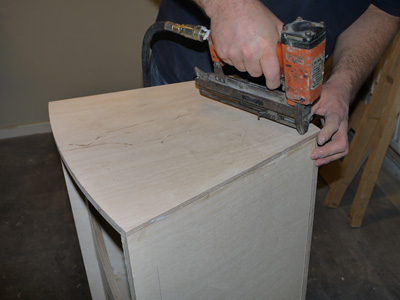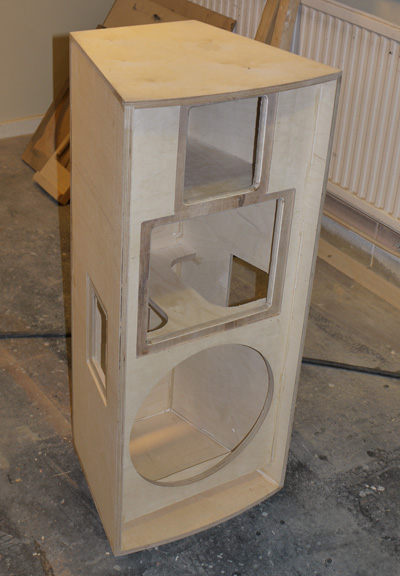Thought we’d share a few pictures from one of our happy customers who we assisted with putting together a PA system. Our customer was looking for a unique look, high quality, good value for many and a DIY project that wasn’t too taxing. We assisted by providing a number of options and suggestions, as well as help and support during the build.
Sub-Bass: The decision was made to take a no-compromise approach to the bass section, and the Precision Devices PD.2150 was chosen for this application. Following the guides from the Precision Devices website, (http://www.precision-devices.com/Downloads :: http://www.precision-devices.com/file-downloads/PD-EnclosureDesignGuide-1.pdf ) our customer completed the first part of the build project with minimal assistance from us, and with a couple of tubs of Tuff Cab speaker paint was able to build himself a serious pair of subs, with his own choice of black and white finish.
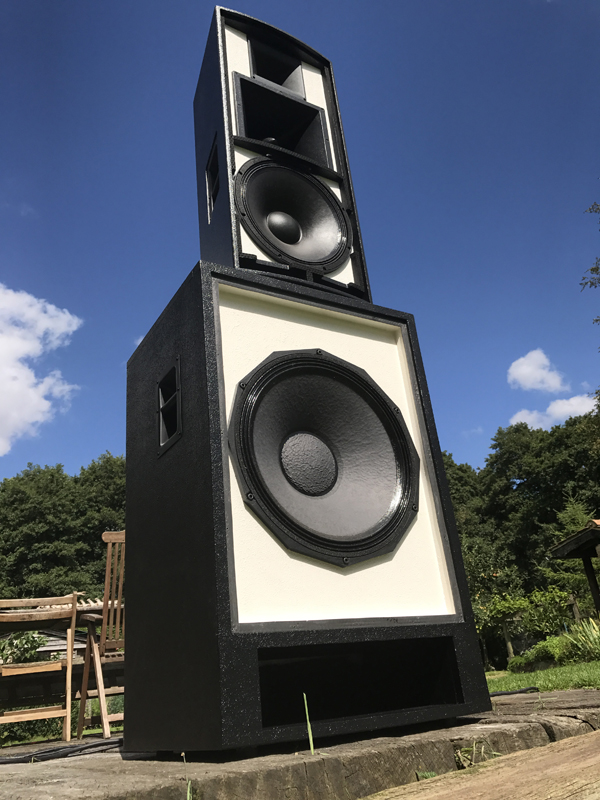
To complete the system, we helped guide our customer towards the solution that was right for him. With the specification requiring high quality, controlled dispersion, good projection, and smooth mid-tones, the JAM Systems 1581 3-way cabinet was chosen as the best option.
Utilising the MR8XT mid-range horn, the 1581 is a 3-way cabinet that takes advantage of a high sensitivity 8″ cone driver in a custom horn, with dedicated phase plug and moulded back bowl. This complete all in one unit is available exclusively from Blue Aran: http://www.bluearan.co.uk/index.php?id=SONMR8XT
This unit was made available in Autumn 2015, and we designed a 3 way cabinet around the MR8XT, with a 15″ Mid-bass unit, running below 400Hz, and a 1″ Compression driver above 2.5kHz
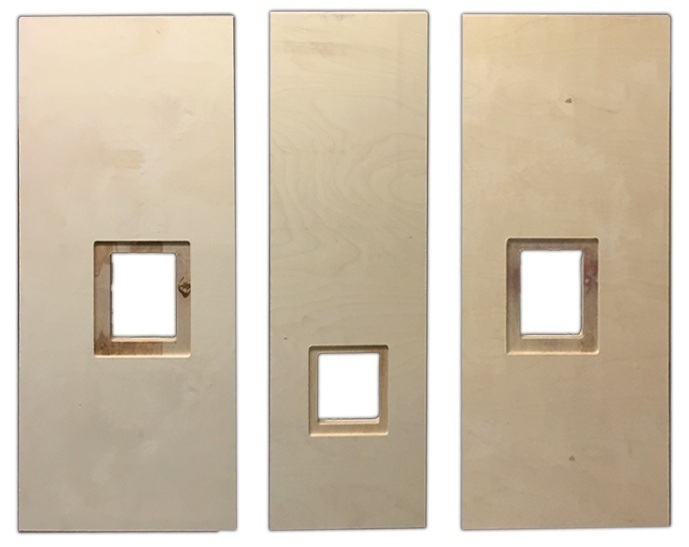

The 1581 kit is intended as a DIY project and is available in flat pack form for self-assembly. Assembly required basic woodworking skills only; all the panels are accurately cut with CNC machine and feature rebated joints. Glue and nails or screws are all that’s required. Assembly instructions provided.
For this build, premium quality components were selected:
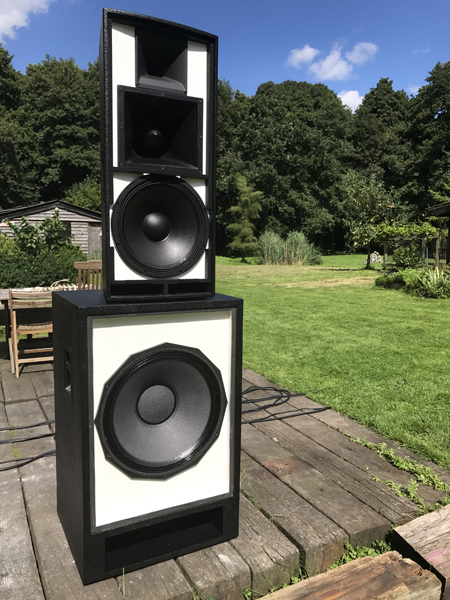 For mid-bass, the B&C 15NDL88 was selected. This is a high power 15″ driver with a medium weight cone, offering fast, tight, punchy bass and excellent sound quality. A neodymium magnet helps keep the weight low.
For mid-bass, the B&C 15NDL88 was selected. This is a high power 15″ driver with a medium weight cone, offering fast, tight, punchy bass and excellent sound quality. A neodymium magnet helps keep the weight low.
For the mid section, the lightweight mid horn, MR8XTN offers a weight saving over the standard MR8XT, with no compromise on quality.
To match the MR8XTN, the Beyma TD164 offers the perfect combination, of size, shape, dispersion and strength. 60 x 40 dispersion and sturdy aluminium construction make this the optimum choice.
Finishing off the system is B&C’s trusty DE250 offering a great combination of sound quality and value for money
It is possible to customise the 1581 system, using alternative 15″ drivers. We recommend at least 500W and a ‘medium’ cone – not too heavy and not too light. The 15″ isn’t handling sub, so a medium weight cone will be more responsive and give a more punchy mid-bass. Since the majority of the quality of the sound comes from the 8″ and 1″, the choice of 15″ is not critical to the overall tone, but good power handling is essential in order to keep up with the high sensitivity 8″. Choice of 1″ is down to personal preference, we find the DE250 is a very versatile compression driver that lends itself to many different styles of music.
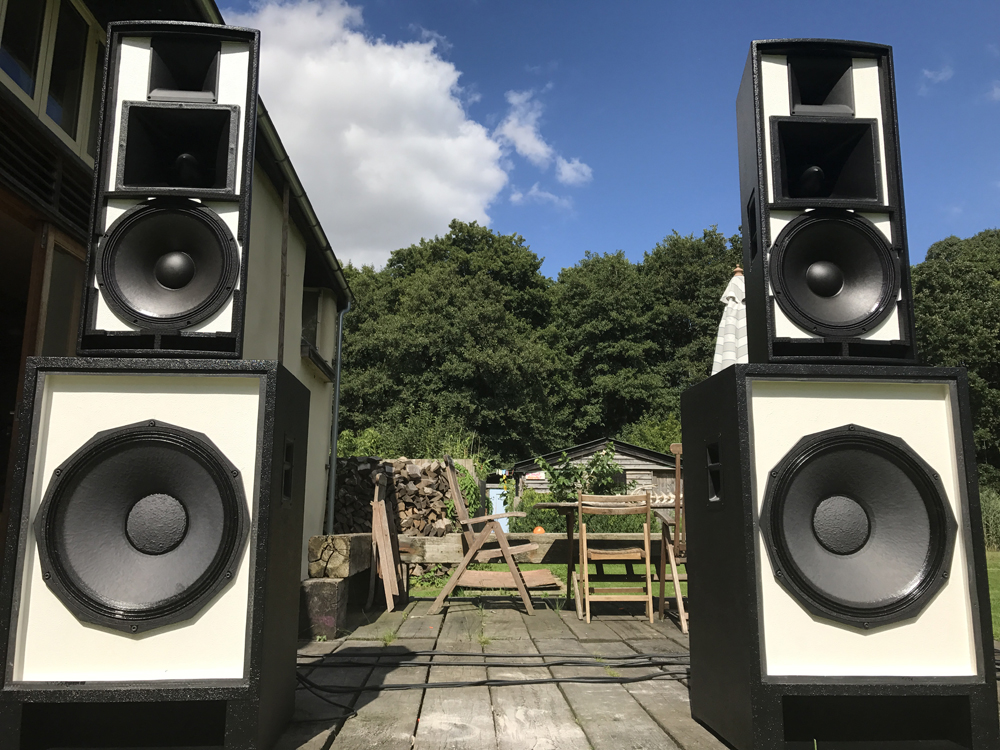
It’s possible to run the 1581 in 3-way configuration, with a seperate amp for mid-bass, mid and high channels. This requires 8 pole speakons, more amps and overall a more complex system. To help keep things simple, we developed a simple 2-way passive crossover which can be inserted between the 8″ and 1″ . Our standard crossover has been tuned to work with the DE250 compression driver, and includes some subtle EQ to get the best out of the speaker with minimal effort.

To balance the 8″ and 1″, there is approximately 3dB attenuation on the high pass circuit, with a capacitor bypass to create a hi-shelf at around 9kHz. This gives a slight lift from 9kHz which is where the DE250 begins to naturally roll off a little. The capacitor is in parallel with the attenuation resistor, which means only lower frequencies are attenuated.
The passive crossover allows 4 pole speakons to be used on the cabinet, saving money on amplifiers, and cabling. To complete the system, we supplied one of our custom amplifiers: the JAM Systems B8 which has been specifically designed for bi-amp operation with complimentary high power and medium power channels pre-wired ready for bi-amp operation, eliminating the needs for extra patch panels. Channels 1 and 2 are high power and medium power, and are pre-wired onto all 4 pins of output speakon 1. Just connect straight into the 1581 and you’re ready to go.

The complete system is shown below, starting at the top is a dB-Mark XCA26 which we supplied pre-configured for the system. Followed by the JAM Systems B8 running the 1581s, and finally a pair of Studiomaster AX35s, each one bridged into PD.2150
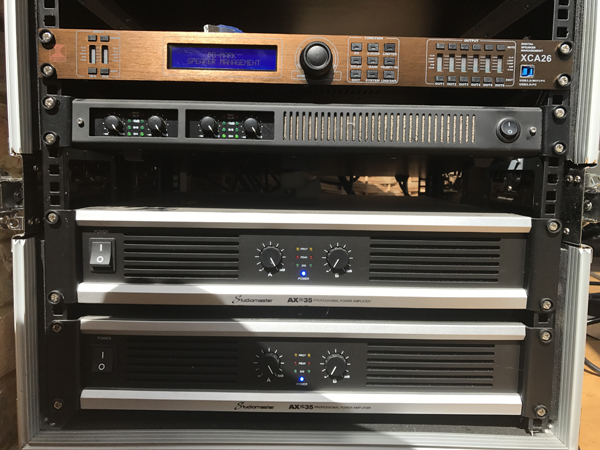
Here’s what our customer thought:
You supplied me lots of kit over the winter to build my new system, which at last is finished! I can’t believe how good it sounds, and how pleased I am with the quality and output of the JAM speakers supplied by you. I have not played it to anyone who has not been mightily impressed!Can’t thank you enough for all your detailed advice and steering me down this road. The JAM package destroys similar cost main brands – different league…
